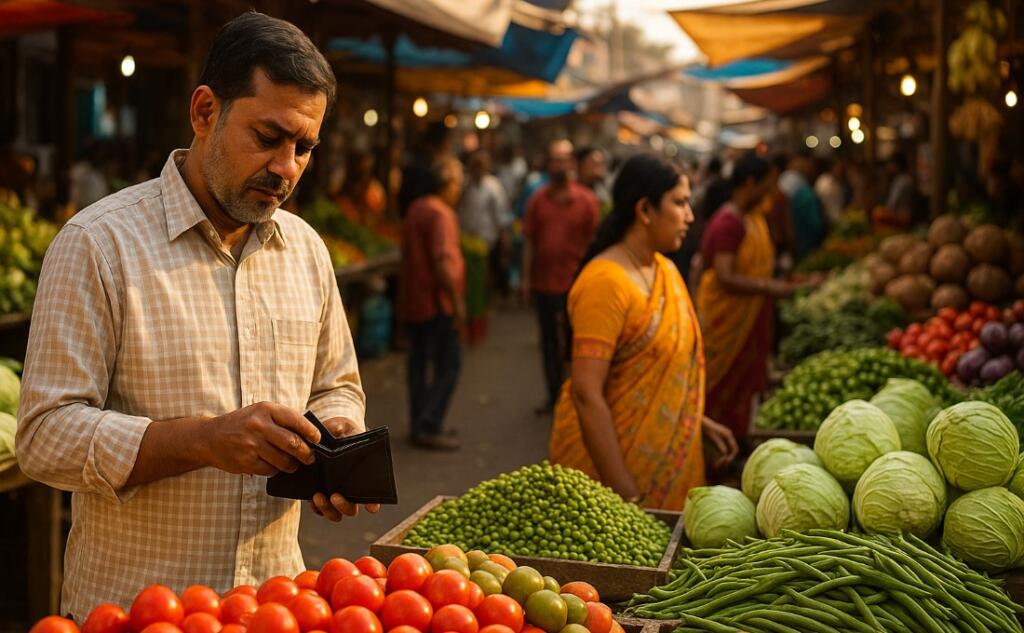Inflation is a word that’s thrown around a lot in the news, especially when prices seem to climb with every passing month. But what does global inflation really mean for everyday people in India? From the bustling markets of Mumbai to the quiet lanes of Shillong, rising costs affect how we shop, travel, and even unwind after a busy day, whether that’s playing cricket with friends or enjoying a Crazy Time Online Game Show with Bonus Rounds from the comfort of home.
What is Global Inflation and Why Does It Happen?
Global inflation refers to the overall rise in prices across countries, driven by factors such as supply chain disruptions, increasing fuel costs, and shifting demand. When inflation hits on a global scale, it often starts with:
- Rising Oil Prices: India imports much of its fuel, so global fluctuations quickly translate to higher pump prices.
- Costlier Imports: Everyday essentials, from edible oil to smartphones – become more expensive if the rupee weakens or global prices soar.
- Supply Chain Issues: Events like wars or pandemics disrupt global trade, pushing up costs everywhere.
How Global Inflation Touches Daily Indian Life
Whether you’re a student, homemaker, or business owner, the ripple effects of global inflation can be felt in surprising ways.
Groceries and Household Essentials
- Vegetables & Fruits: Prices can jump overnight, especially if transportation costs increase.
- Cooking Oil & Grains: Items sourced from global markets see the steepest hikes.
- Milk & Dairy: Feed costs rise globally, so local prices follow suit.
Transport and Travel
- Petrol & Diesel: One of the first signs of inflation is at the fuel station.
- Public Transport Fares: Buses, autos, and even metro rides often get costlier.
Leisure and Entertainment
- Dining Out: Restaurant menus reflect higher ingredient and utility costs.
- Online Subscriptions: Global content providers may hike rates or add fees.
Even entertainment options like the Crazy Time Online Game Show with Bonus Rounds can feel the pinch if global tech or payment service fees go up, though for now, they remain a cheerful escape for many.
Who Feels It the Most?
Not everyone feels inflation the same way. Here’s who’s hit hardest:
- Low and Middle-Income Families: Have less flexibility in their budgets.
- Small Businesses: Rising input costs squeeze already thin profit margins.
- Urban Daily-Wagers: Higher living costs often outpace wage growth.
How Indians Are Coping with Rising Costs
Indians are famous for their resilience and jugaad (resourcefulness). Here are some ways people are adapting:
- Switching to Local Brands: More shoppers opt for Indian-made products over expensive imports.
- Bulk Buying: Families stock up on staples when prices are low.
- Seeking Alternative Incomes: Side hustles, gig work, and online gaming are becoming more popular.
- Energy-Saving Habits: Carpooling, cycling, or simply staying closer to home.
What Can Be Done?
While individuals do their best, larger solutions require action at multiple levels:
Government Measures
- Subsidies on Essential Goods
- Interest Rate Adjustments
- Import Duty Reductions
Personal Finance Tips
- Track Expenses: Small leaks sink big ships; every rupee saved helps.
- Invest Wisely: Gold, SIPs, and fixed deposits can outpace inflation over time.
- Avoid Panic Buying: Prices often stabilize, so bulk buys should be planned.
Looking Ahead
Global inflation is a complex challenge, but it’s not insurmountable. By staying informed, making smart choices, and supporting each other, sometimes over a shared meal, sometimes during a Crazy Time, Indian families can weather the storm together.
